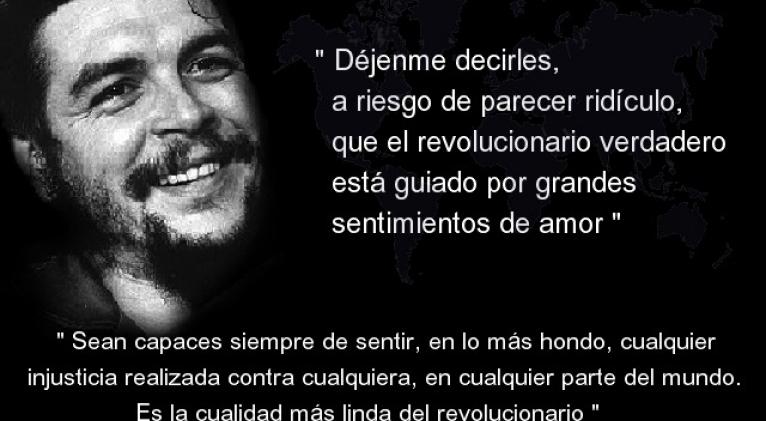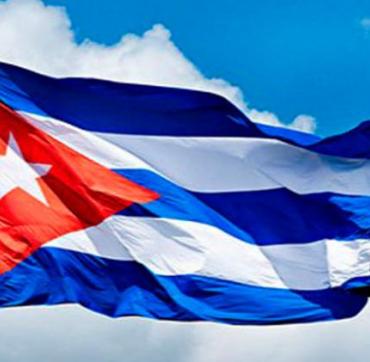Ernesto Che Guevara and his humanist sensitivity
especiales

On the 56th anniversary of the assassination of Ernesto Che Guevara in Bolivia, today we remember his aesthetic and artistic, human sensitivity, and his love for testimonial photography that he embraced since child.
This is what his daughter Aleida Guevara March stated, describing him as a being with all his longings, desires for knowledge, a man who never stopped studying.
In conversation with this Prensa Latina reporter, she assured that in the most difficult moments the Heroic Guerrilla always had a book within reach of his hands or a camera that he sometimes took from those who accompanied him on the coverage.
“He was a man, a revolutionary, full of love, who wanted to build a different society, without a doubt one of the great myths of the 20th century, his ideas traveled the world as much as his image, she highlighted.
Also his son Camilo Guevara March (1962-2022) in one of his interviews defined that the stimulus for his father’s photographic work was “the need to get closer to human beings”.
In the Homeland of José Martí he captured graphic snapshots of the new industries created by the Revolution, social tasks, volunteer work, self-portraits and his obligations as a commander, a rank earned in the fight against the tyranny of Fulgencio Batista (1952-1958).
He also glimpses his youth in Rosario, his homeland, as student, and his journey through America, mostly accompanied by his great friend Alberto Granados.
Many biographers affirm that the first photographs of him were those taken during his trip through Latin America that ended in Mexico, from 1953 to 1955.
It is in Mexican lands where Che goes from a simple hobbyist to become a photographer to earn a living. He was also a chronicler, guide for foreign delegations and worked in photographic laboratories.
The cultural and natural wealth of Mexico leads him to photograph Popocatépetl, the most prominent active volcano in the country.
As a press collaborator he captured important snapshots during the 1955 Pan American Games, when he met Fidel Castro and other Cuban revolutionaries and got ready to participate in the quest to overthrow the Cuban tyranny.
From his different positions and carrying out government missions around the world, he preserves scenes from various Asian and European countries.
In his family spaces, he left evidence of his love for his loved ones, until the moment of his departure for the beginning of a new guerrilla experience as Ramón.
Until very close to his death, in Bolivia, he felt the need to send a photo to his children so that they knew about the new work, commitment and circumstances in which he was.
For Aleidita, as her daughter is known, the most outstanding facets of her father are like a poem, where he is the doctor, the researcher, the humanist, the revolutionary, and in each image of his authorship there is the sensitivity that surpasses virtuosity.














Add new comment